Home>Garden Essentials>How To Over Seed A Lawn
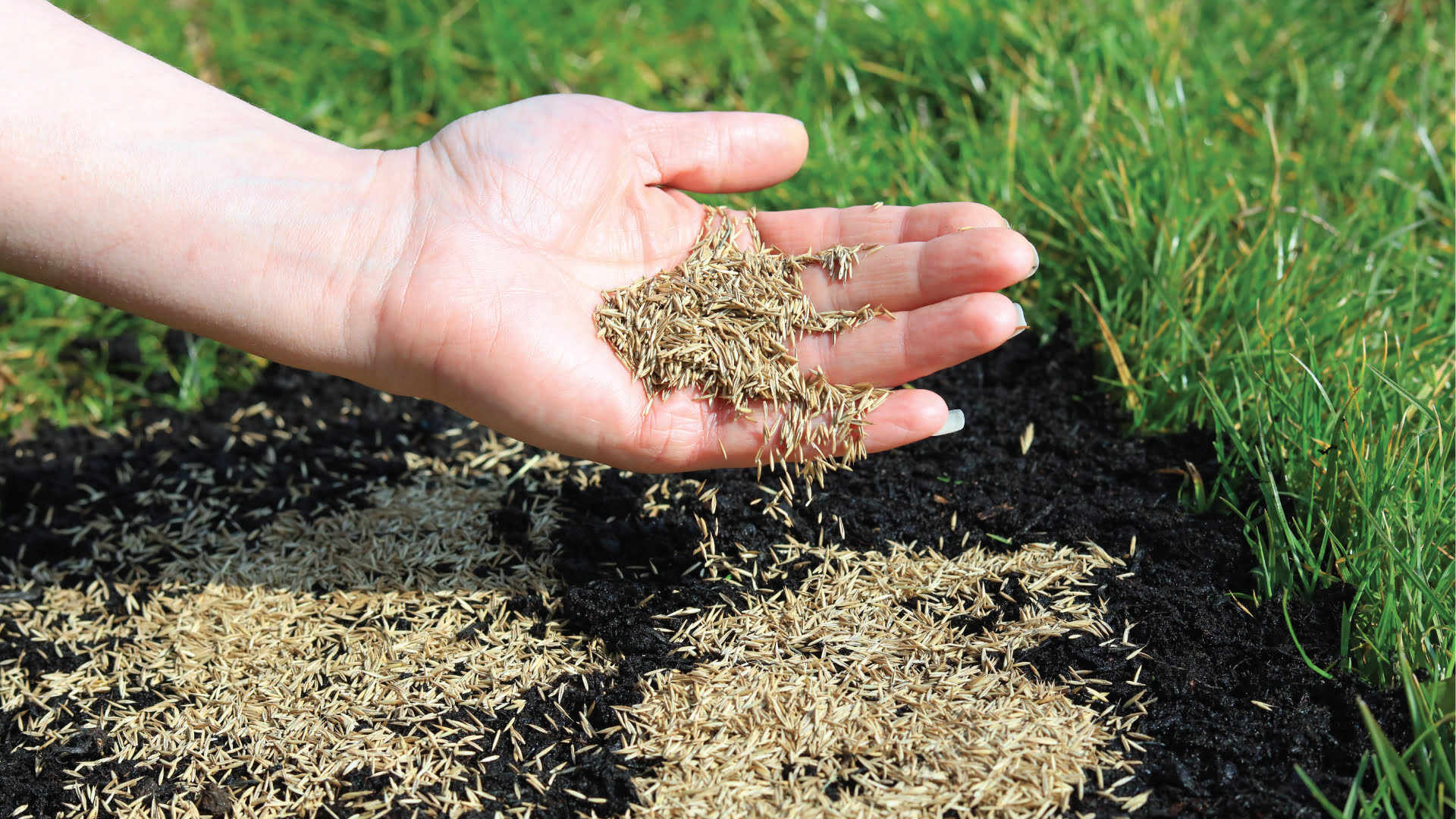

Garden Essentials
How To Over Seed A Lawn
Modified: October 19, 2024
Learn how to over seed your garden and achieve a lush, healthy lawn. Discover the step-by-step process, tips, and tools needed to successfully reseed your garden
(Many of the links in this article redirect to a specific reviewed product. Your purchase of these products through affiliate links helps to generate commission for Storables.com, at no extra cost. Learn more)
Introduction
Welcome to the world of gardening! Having a lush, green garden or a well-maintained lawn is a dream for many homeowners. A beautiful lawn not only adds curb appeal to your property, but it also provides a space for relaxation and outdoor activities. However, maintaining a healthy lawn requires effort and proper care.
One important aspect of lawn care is overseeding. Over time, lawns can become thin, patchy, or suffer from bare spots due to factors such as foot traffic, pests, diseases, or weather conditions. That’s where overseeding comes in. Overseeding involves spreading grass seed over an existing lawn to fill in gaps, improve density, and enhance the overall appearance.
In this article, we will explore the importance of overseeding, the best time to overseed, the preparation steps involved, selecting the right grass seed, and providing aftercare to ensure successful results. So, grab your gardening gloves and let’s dive into the world of overseeding!
Key Takeaways:
- Overseeding your lawn helps fill in bare spots, improve the overall appearance, and introduce more resistant grass varieties. It also enhances soil quality and minimizes weed growth.
- Proper timing, lawn preparation, and selecting the right grass seed are crucial for successful overseeding. Aftercare and maintenance, including watering, fertilizing, and monitoring, are essential for a thriving, lush lawn.
Read more: How To Seed Lawn
Why overseeding is necessary
Over time, even the healthiest lawns can start to show signs of wear and tear. Factors such as aging grass, heavy foot traffic, drought, diseases, and pests can all contribute to the thinning of your lawn and the appearance of bare patches. This not only diminishes the overall aesthetic appeal of your lawn but also provides favorable conditions for invasive weeds to take root.
By overseeding, you can rejuvenate and revive your lawn. The process involves spreading grass seed over the existing turf to introduce new, healthy grass plants. The new grass fills in the bare spots, thickens the lawn’s density, and promotes a more uniform and vibrant look. Not only does overseeding improve the visual appearance of your lawn, but it also enhances its resilience and ability to withstand stressors.
Moreover, overseeding promotes the introduction of newer grass varieties that are more resistant to diseases, pests, and drought conditions. It helps in blending different grass types, making your lawn more resilient to changes in weather and other environmental factors. Additionally, overseeding can help smother out weeds by crowding them out and reducing their access to sunlight and nutrients.
Another benefit of overseeding is that it helps in soil improvement. The newly germinated grass plants contribute to the organic matter content of the soil as they break down over time. This enhances the soil structure, helps retain moisture, and encourages the growth of beneficial microorganisms.
In summary, overseeding is necessary to:
- Fill in bare spots and thicken the lawn’s density
- Promote a more uniform and vibrant lawn appearance
- Introduce newer, more resistant grass varieties
- Minimize weed growth
- Improve soil quality and structure
Now that we understand the significance of overseeding, let’s move on to the next step: choosing the right time for overseeding.
Choosing the right time to overseed
Timing plays a crucial role in the success of overseeding. To ensure optimal germination and establishment of new grass seed, it’s important to choose the right time to overseed your lawn. The ideal time will depend on the type of grass you have and the climate of your region.
For cool-season grasses such as Kentucky bluegrass, fescue, and ryegrass, the best time to overseed is in the early fall or spring. These grasses thrive in cooler temperatures and have the ability to establish strong root systems during these seasons.
In the early fall, soil temperatures are still warm, which promotes quick germination and establishment of the grass seed. The cooler air temperatures also reduce stress on the newly germinated seedlings. Furthermore, fall overseeding allows the grass plants to establish a strong root system throughout the winter months, giving them a head start for healthy growth in the following spring.
Spring overseeding is an alternative option for cool-season grasses in regions with mild winters. It is best to overseed in the spring when soil temperatures begin to warm up, promoting rapid germination and growth. However, keep in mind that spring overseeding should be done early enough to allow the grass to establish before the heat of summer arrives.
For warm-season grasses such as Bermuda grass, Zoysia grass, and St. Augustine grass, the optimum time to overseed is late spring or early summer. These grasses thrive in warm temperatures and typically enter their active growth phase during this time. Overseeding warm-season grasses is less common and may be done to fill in bare spots or to introduce a different grass type for temporary use, such as using ryegrass for a green winter lawn.
Timing is crucial when overseeding, so it’s important to research and understand the specific requirements of the grass types in your lawn. Consider the climate, average temperatures, and the expected weather patterns for your region to determine the best time for overseeding.
Now that we have determined the right time to overseed, let’s move on to the preparation steps involved to ensure the success of your overseeding project.
Preparing the lawn for overseeding
Proper preparation of your lawn is essential for successful overseeding. Before you begin spreading the grass seed, follow these steps to ensure the best possible environment for germination and establishment of the new seed.
1. Remove debris: Begin by removing any debris, such as leaves, twigs, and rocks, from the lawn. This gives the grass seed direct contact with the soil and prevents potential obstacles that could hinder germination.
2. Mow the lawn: It’s important to give your existing grass a shorter cut before overseeding. This helps the new seed make contact with the soil and receive necessary sunlight. Remove no more than one-third of the grass blade length, as cutting too short can stress the existing grass.
3. Aerate the soil: Lawn aeration helps loosen compacted soil and improves air circulation, water drainage, and nutrient uptake. Use a core aerator or a spike aerator to create small holes in the soil, allowing the grass seed to penetrate and establish roots more easily.
4. Dethatch if necessary: If your lawn has a thatch layer (a build-up of dead grass and debris between the soil and living grass blades) that is thicker than half an inch, consider dethatching. Thatch can prevent the grass seed from reaching the soil and hinder germination. Use a dethatching rake or power rake to remove excess thatch.
5. Run a soil test: Conduct a soil test to determine the nutrient levels and pH of your soil. Grass seed thrives in soil with a pH between 6.0 and 7.0. If the pH is lower or higher, you may need to amend the soil with lime or sulfur accordingly. Additionally, based on the soil test results, you may need to apply a balanced fertilizer to provide the necessary nutrients for healthy seed germination and establishment.
6. Fix any drainage issues: If your lawn tends to hold water or has poor drainage, address these issues before overseeding. Ensure proper grading and consider installing drainage systems or improving irrigation to prevent waterlogging, which can negatively impact seed germination.
7. Weed control: Before overseeding, it’s important to control existing weeds in your lawn. Remove any visible weeds or apply a selective herbicide to target broadleaf weeds without harming desirable grass. Follow the product instructions carefully and allow enough time for the herbicide to work before overseeding.
By taking the time to properly prepare your lawn, you create an environment that is conducive to successful overseeding. Now that your lawn is ready, it’s time to choose the appropriate grass seed for your specific needs.
Selecting the appropriate grass seed
Choosing the right grass seed is crucial for achieving the desired results when overseeding your lawn. Different grass varieties have different characteristics in terms of appearance, growth habits, tolerance to environmental conditions, and maintenance requirements. Consider the following factors when selecting the appropriate grass seed for your lawn:
1. Grass type: Start by determining the grass type that is best suited for your region and climate. Cool-season grasses, such as Kentucky bluegrass, fescue, and ryegrass, thrive in cooler regions with moderate temperatures. Warm-season grasses, such as Bermuda grass, Zoysia grass, and St. Augustine grass, are more suitable for warmer climates with higher heat and humidity.
2. Sun or shade: Assess the amount of sunlight your lawn receives throughout the day. This will help you determine whether you need a grass seed blend specifically formulated for sunny areas, shady areas, or a mixture that can tolerate varying levels of sun and shade.
3. Traffic tolerance: Consider the amount of foot traffic your lawn typically experiences. If you have children, pets, or expect heavy use of the lawn, choose grass seed varieties with good wear tolerance and recovery ability, such as certain types of fescue or ryegrass.
4. Disease resistance: Research the disease resistance of different grass varieties. Some grass types are more resistant to diseases such as brown patch, dollar spot, or lawn rust. Choose grass seed varieties with good disease resistance to minimize the risk of lawn diseases.
5. Maintenance requirements: Different grass types have varying maintenance needs, including mowing frequency, watering requirements, and fertilizer applications. Consider the level of maintenance you are willing to commit to and choose a grass seed variety that matches your desired level of care.
6. Seed quality: Invest in high-quality grass seed from reputable sources. Look for seed that is free from weed seeds, has a high germination rate, and is labeled with the percentage of pure live seed (PLS). The PLS indicates the amount of viable grass seed in the mixture.
7. Seed blend or single variety: Decide whether you want to use a seed blend, which combines different grass varieties, or a single variety of grass seed. While seed blends offer the advantage of diverse characteristics and increased resilience, single varieties allow for a more uniform appearance and targeted attributes.
By considering these factors, you can select the appropriate grass seed that will thrive in your specific lawn conditions. Once you have chosen the right seed, you need to determine the quantity needed for overseeding your lawn.
Read more: How To Plant A Clover Lawn Over Grass
Calculating the amount of seed needed
Calculating the proper amount of grass seed needed for overseeding your lawn ensures that you apply enough seed for optimal coverage without wasting resources. Follow these steps to determine the right amount of seed for your lawn:
1. Measure your lawn: Start by measuring the area of your lawn in square feet. Use a measuring tape or walk the perimeter of your lawn to get an accurate measurement. If your lawn has irregular shapes, divide it into smaller sections and calculate the area of each section separately.
2. Determine the recommended seeding rate: Each type of grass seed has a recommended seeding rate, which is the amount of seed to apply per square foot. This information can usually be found on the grass seed packaging or obtained from the manufacturer or local gardening resources. Typical seeding rates range from 4 to 8 pounds of seed per 1,000 square feet.
3. Calculate the total seed amount: Multiply the square footage of your lawn by the recommended seeding rate per square foot. For example, if your lawn measures 2,000 square feet and the recommended seeding rate is 5 pounds per 1,000 square feet, the calculation would be: 2,000 square feet / 1,000 square feet = 2 x 5 pounds = 10 pounds of grass seed needed.
4. Adjust for overseeding rate: If you are overseeding an existing lawn, you can reduce the recommended seeding rate by about half, as you are only filling in gaps and adding density rather than starting from bare soil. For example, if the recommended seeding rate for new lawns is 6 pounds per 1,000 square feet, you would use 3 pounds per 1,000 square feet for overseeding.
5. Account for multiple grass seed varieties: If you are using a seed blend that combines different grass varieties, you may need to adjust the seed amount based on the percentage of each seed type in the blend. For example, if a seed blend has 30% Kentucky bluegrass and 70% perennial ryegrass, you would use 30% of the total seed amount for the Kentucky bluegrass and 70% for the perennial ryegrass.
6. Consider overseeding with a spreader: Using a spreader can help ensure even distribution of the seed. Depending on the type of spreader you use, you may need to adjust the settings to match the recommended application rate. Follow the manufacturer’s instructions for proper calibration.
By accurately calculating the amount of grass seed needed, you can achieve the desired coverage for your lawn without wasting seed or ending up with insufficient results. With the seed quantity determined, let’s move on to preparing the lawn for overseeding.
Water the lawn thoroughly before overseeding to help the new seeds establish. This will also help the existing grass to recover from any stress caused by the overseeding process.
Mowing and preparing the lawn before overseeding
Proper lawn preparation is essential for successful overseeding. Mowing and preparing the lawn before overseeding helps create the ideal environment for seed-to-soil contact and promotes optimal germination. Follow these steps to prepare your lawn:
1. Set the mower to the appropriate height: Before mowing, adjust your lawn mower to the recommended cutting height for your grass type. Cutting the existing grass slightly shorter than usual helps the new seed make good contact with the soil and receive adequate sunlight.
2. Remove clippings and debris: After mowing, rake up any grass clippings and debris to clear the lawn surface. This minimizes competition for sunlight, nutrients, and water between the existing grass and the newly introduced seed.
3. Loosen the soil: Before overseeding, lightly rake the lawn with a garden rake or a lawn dethatcher to create grooves or scratches in the soil. This helps create a rougher surface and improves seed-to-soil contact, allowing the grass seed to establish more effectively.
4. Consider vertical mowing: If your lawn has a thatch layer that is more than half an inch thick, vertical mowing or power raking can help remove excess thatch. This process cuts through the thatch layer, allowing the new grass seed to reach the soil more easily.
5. Optional: Core aerate: If you did not aerate the lawn during the preparation stage, it may be beneficial to core aerate the lawn before overseeding. A core aerator removes small plugs of soil, alleviating compaction and improving air and water circulation in the soil.
6. Water the lawn: Before overseeding, water the lawn thoroughly, ensuring that the soil is moist. This provides a favorable environment for seed germination and helps settle the soil after the preparation steps.
By mowing and preparing the lawn before overseeding, you create the ideal conditions for successful seed germination and establishment. With the lawn prepped and ready, it’s time to spread the grass seed evenly for uniform coverage.
Spreading the grass seed evenly
Spreading the grass seed evenly is crucial for achieving uniform coverage and optimal germination. By following these steps, you can ensure that the new seed is distributed consistently across your lawn:
1. Use a spreader: A spreader is a handy tool for even distribution of grass seed. There are two types of spreaders: broadcast spreaders and drop spreaders. Broadcast spreaders are more common and throw the seed in a wide pattern, while drop spreaders release the seed directly beneath the spreader. Choose the spreader type that suits your lawn size and personal preference.
2. Calibrate your spreader: Calibrate your spreader according to the manufacturer’s instructions to ensure accurate seed application. This step is crucial to prevent over- or under-seeding your lawn. Test the spreader before starting to ensure it is dispersing the seed evenly and adjust the settings as needed.
3. Start with the perimeter: Begin by walking around the perimeter of your lawn and spread a thin layer of seed along the edges. This helps prevent missed areas and ensures consistent coverage across the entire lawn.
4. Work in straight lines: Walk in a straight line while operating the spreader, moving back and forth across the lawn in parallel passes. Overlap each pass slightly to ensure complete coverage. This technique helps ensure even distribution and prevents areas from being missed or receiving excessive seed.
5. Divide the lawn into sections: For larger lawns, divide the area into manageable sections and focus on one section at a time. This approach allows you to concentrate on spreading the seed evenly in each section without rushing and potentially missing spots.
6. Adjust pace and speed: Adjust your walking speed and pace to match the recommended spread rate for the grass seed being used. Keeping a steady and consistent pace helps ensure that the seed is dispersed evenly. It’s important not to rush or move too quickly, as this may result in uneven distribution.
7. Pay attention to overlaps and edges: Be mindful of overlaps and edges while spreading the seed. Overlapping the seeded areas ensures that all spots receive adequate coverage, while paying extra attention to the edges helps maintain a seamless transition between overseeded and existing areas.
8. Optional: Crosshatch pattern: For extra assurance of even coverage, consider spreading the seed in a crosshatch pattern. This technique involves making a second pass perpendicular to the initial pass. This method helps fill in any potential gaps and ensures thorough seed distribution.
9. Assess coverage: After spreading the seed, take a close look at the lawn to check for any missed areas or uneven coverage. Adjust the spreader settings as needed and apply additional seed to ensure uniformity.
By following these guidelines, you can spread the grass seed evenly across your lawn, setting the stage for successful germination and growth. Now that the seed is in place, it’s time to provide the necessary care and attention to nurture the newly overseeded lawn.
Watering and nurturing the newly seeded lawn
Proper watering and nurturing are essential for the successful establishment and growth of your newly overseeded lawn. By following these guidelines, you can provide the necessary care to ensure healthy germination and encourage strong, vibrant grass growth:
1. Water immediately after seeding: Immediately after spreading the grass seed, water the lawn thoroughly. Use a gentle spray or mist setting on your sprinkler or hose attachment to avoid displacing the seed. The goal is to moisten the soil to a depth of about 1 inch.
2. Maintain moisture: For successful germination, it’s important to keep the soil consistently moist until the grass seedlings have established. This typically requires watering the lawn multiple times a day, depending on weather conditions. Aim to keep the top inch of soil constantly moist but not waterlogged.
3. Avoid overwatering: While it’s important to keep the soil moist, avoid overwatering, as excessive moisture can lead to disease and shallow root development. Monitor the soil moisture levels and adjust your watering schedule accordingly to maintain a balance.
4. Water deeply and infrequently: As the grass seedlings begin to grow, gradually transition to a deep and infrequent watering schedule. This encourages the development of deep roots and makes the lawn more resilient to drought. Watering deeply allows the roots to reach further into the soil for better access to nutrients and water.
5. Adjust watering schedule based on weather: Be mindful of weather conditions when determining your watering schedule. During hot and dry periods, you may need to increase the frequency and duration of watering to prevent the soil from drying out. On the other hand, during periods of rain or cooler temperatures, you may be able to reduce watering accordingly.
6. Mow with care: Once the grass seedlings have reached a height of about 3-4 inches, it’s time for the first mowing. Ensure that the soil is not overly wet before mowing, as it can lead to soil compaction. Set the mower at a higher cutting height and remove no more than one-third of the grass height at a time to avoid stressing the young seedlings.
7. Fertilize at the appropriate time: Wait until the newly seeded lawn has been mowed at least three times before applying any fertilizer. This allows the grass seedlings to establish strong roots before receiving additional nutrients. Choose a balanced fertilizer specifically formulated for newly seeded lawns and follow the packaging instructions for proper application.
8. Protect from foot traffic and stress: During the initial growth phase, avoid excessive foot traffic on the newly overseeded lawn. This allows the grass seedlings to establish a strong root system without experiencing additional stress. Consider placing temporary barriers or signs to remind family members and visitors to avoid walking on the seeded areas.
9. Monitor and address issues promptly: Regularly monitor the progress of your newly overseeded lawn. Keep an eye out for signs of pests, diseases, or nutrient deficiencies, and address any issues promptly to prevent further damage. Consult with local gardening resources or professionals if you need guidance on identifying and treating specific lawn issues.
By following these watering and nurturing practices, you can provide the care necessary for the successful establishment and growth of your newly overseeded lawn. With proper maintenance and aftercare, you’ll soon be enjoying a lush, vibrant, and healthy lawn.
Read more: How To Seed Lawn Patches
Aftercare and maintenance tips
To ensure the long-term health and beauty of your overseeded lawn, proper aftercare and maintenance are crucial. Implement the following tips to keep your lawn thriving:
1. Continue watering: After the initial watering and germination period, gradually reduce the frequency of watering. However, continue to water deeply and infrequently to encourage deep root growth. Watering in the early morning or late afternoon helps minimize evaporation and allows the grass blades to dry before nightfall, reducing the risk of disease.
2. Fertilize regularly: Regular fertilization provides essential nutrients for strong and healthy grass growth. Follow a fertilization schedule recommended for your specific grass type, considering regional recommendations and your local soil conditions. A balanced fertilizer with nitrogen, phosphorus, and potassium can help promote dense and lush turf.
3. Mowing height and frequency: Maintain an appropriate mowing height for your grass type and adjust it as needed throughout the year. Generally, cool-season grasses should be kept around 2.5-3.5 inches in height, while warm-season grasses can be maintained at slightly shorter heights. Avoid mowing too short, as it weakens the grass and makes it more susceptible to stress and disease.
4. Weed control: Regularly inspect and remove any weeds that may appear in your overseeded lawn. Hand-pulling or using targeted herbicides specifically labeled for your grass type can help keep weeds at bay. Remember to follow the instructions carefully to avoid damaging the newly established grass seedlings.
5. Aerate the soil: Over time, the soil in your lawn can become compacted, hindering air, water, and nutrient penetration. Periodically aerate the soil, especially in high-traffic areas, to alleviate compaction. Core aerators remove small plugs of soil, which helps improve soil structure and promote a healthier root system.
6. Monitor for pests and diseases: Regularly inspect your lawn for signs of pests, such as grubs or insects, and take suitable measures to control their population if necessary. Also, watch for symptoms of diseases, such as spots, patches, or discoloration on the grass blades. Consulting with a lawn care professional or local extension office can help identify and address any issues.
7. Overseed again if needed: Depending on the condition of your lawn, you may need to overseed again in subsequent years. Thin or bare spots can be addressed by overseeding specifically in those areas. Consider overseeding in the early fall for cool-season grasses or late spring for warm-season grasses to maximize success.
8. Regular maintenance: In addition to the above tips, regular maintenance tasks such as removing debris, dethatching when necessary, and maintaining proper irrigation and drainage are vital for a healthy lawn. Keeping up with these routine tasks will contribute to the overall health and appearance of your overseeded lawn.
By following these aftercare and maintenance tips, your newly overseeded lawn will flourish and provide a lush, green carpet for years to come. Remember, proper care and attention ensure a beautiful and resilient lawn that you can enjoy and be proud of.
Are you looking for any more gardening tips or information?
Conclusion
Creating a vibrant and healthy lawn is within reach with the process of overseeding. By understanding the importance of overseeding, choosing the right time, preparing the lawn, selecting appropriate grass seed, calculating the amount needed, and following proper aftercare and maintenance, you can achieve a lawn that is lush, dense, and resilient.
Overseeding not only fills in bare spots and improves the overall appearance of your lawn, but it also promotes the introduction of newer, more resistant grass varieties. It helps to smother out weeds, improve the soil’s structure and fertility, and enhance the lawn’s ability to withstand stressors such as foot traffic and environmental conditions.
Proper timing plays a significant role in the success of overseeding. The ideal time for overseeding depends on your grass type and the climate of your region. Taking the time to prepare your lawn, including removing debris, mowing, aerating, and dethatching if necessary, sets the stage for successful seed germination and establishment.
When selecting grass seed, consider factors such as grass type, sunlight conditions, traffic tolerance, disease resistance, and maintenance requirements. Calculating the amount of seed needed ensures optimal coverage without waste.
Spreading the grass seed evenly and providing proper watering and nurturing are key for successful germination and growth. Vigilantly follow your watering schedule, adjust it based on weather conditions, and gradually transition to deep and infrequent watering to encourage strong root development.
Aftercare and maintenance are crucial in the long-term health of your overseeded lawn. Regular mowing, fertilization, weed control, and monitoring for pests and diseases are all important components of maintenance. Additionally, maintaining proper soil aeration and addressing any issues promptly contribute to a thriving lawn.
With dedication and attentiveness to aftercare and maintenance, your newly overseeded lawn will provide you with a beautiful and enjoyable outdoor space. So, grab your gardening tools and get ready to watch your lawn transform into a lush, green oasis you can be proud of.
If you have any more questions or need further assistance, don’t hesitate to reach out. Happy gardening!
Frequently Asked Questions about How To Over Seed A Lawn
Was this page helpful?
At Storables.com, we guarantee accurate and reliable information. Our content, validated by Expert Board Contributors, is crafted following stringent Editorial Policies. We're committed to providing you with well-researched, expert-backed insights for all your informational needs.
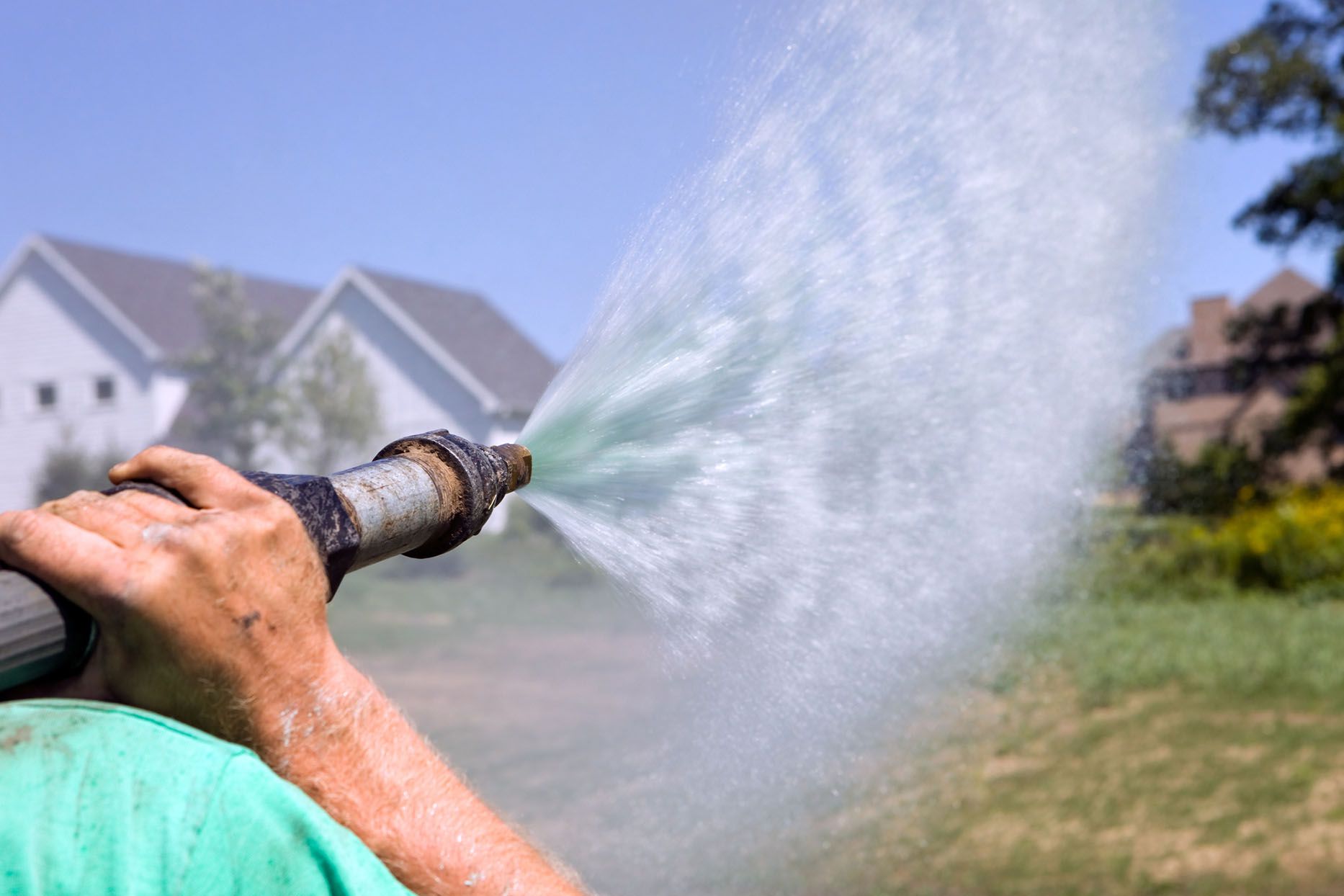
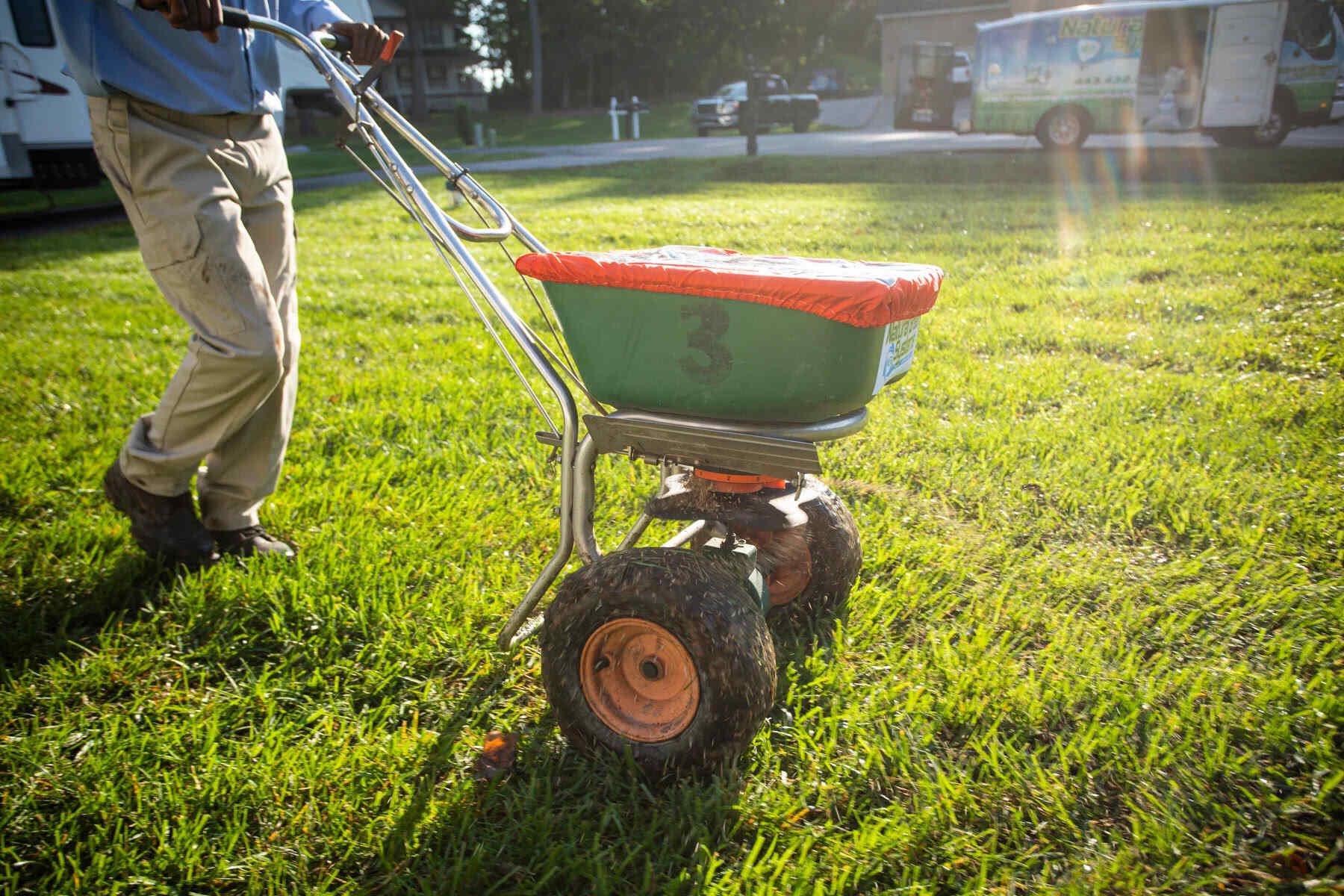
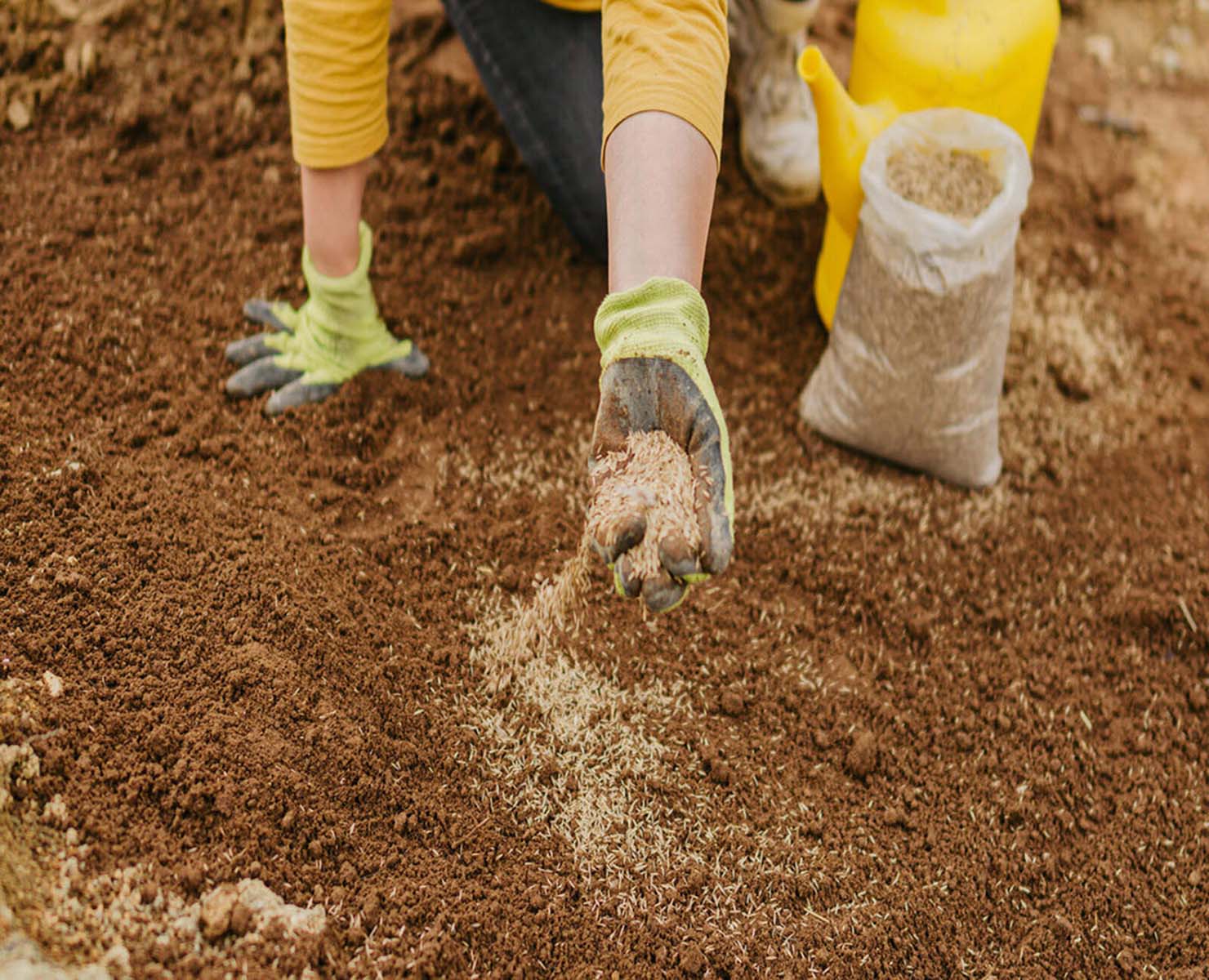
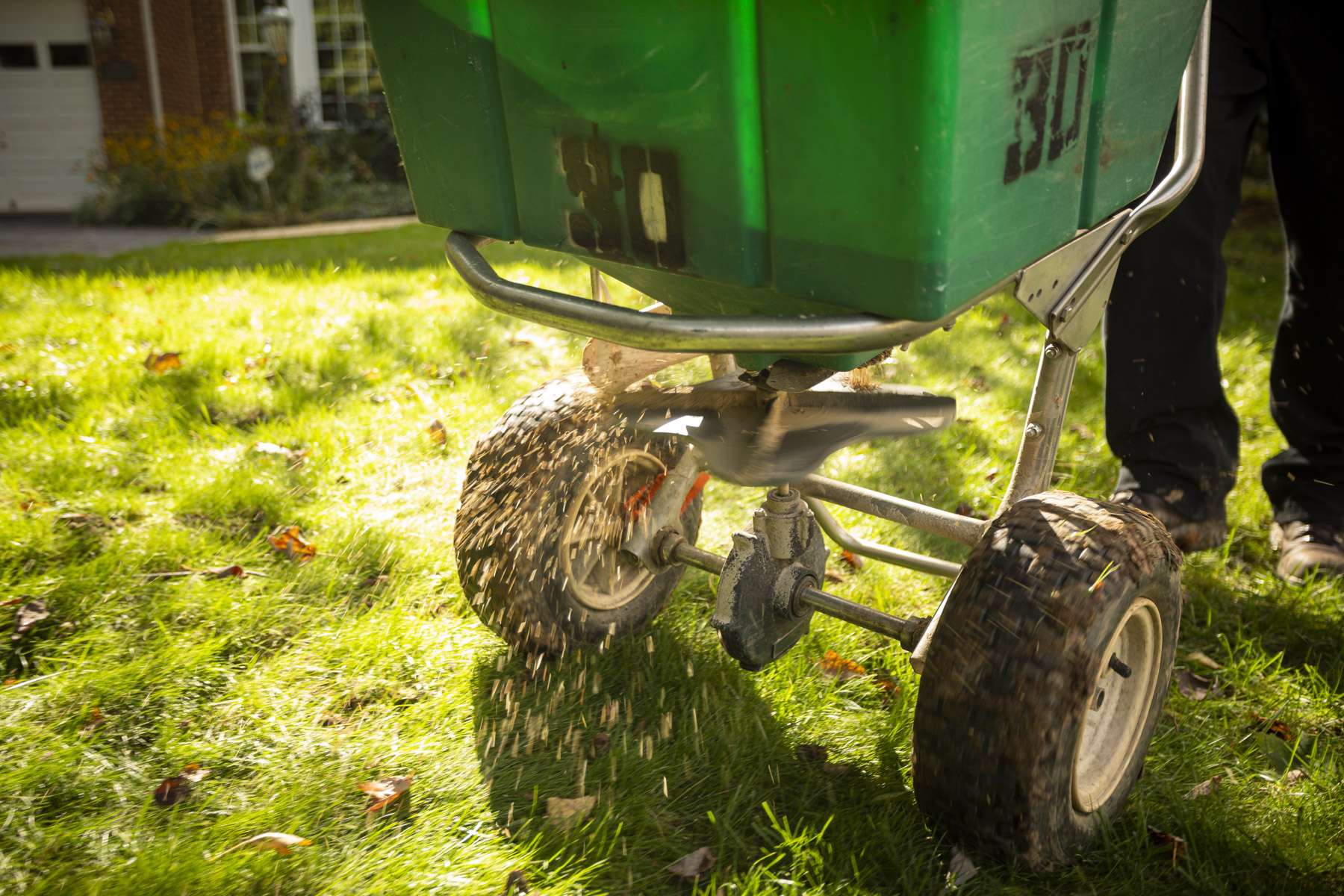
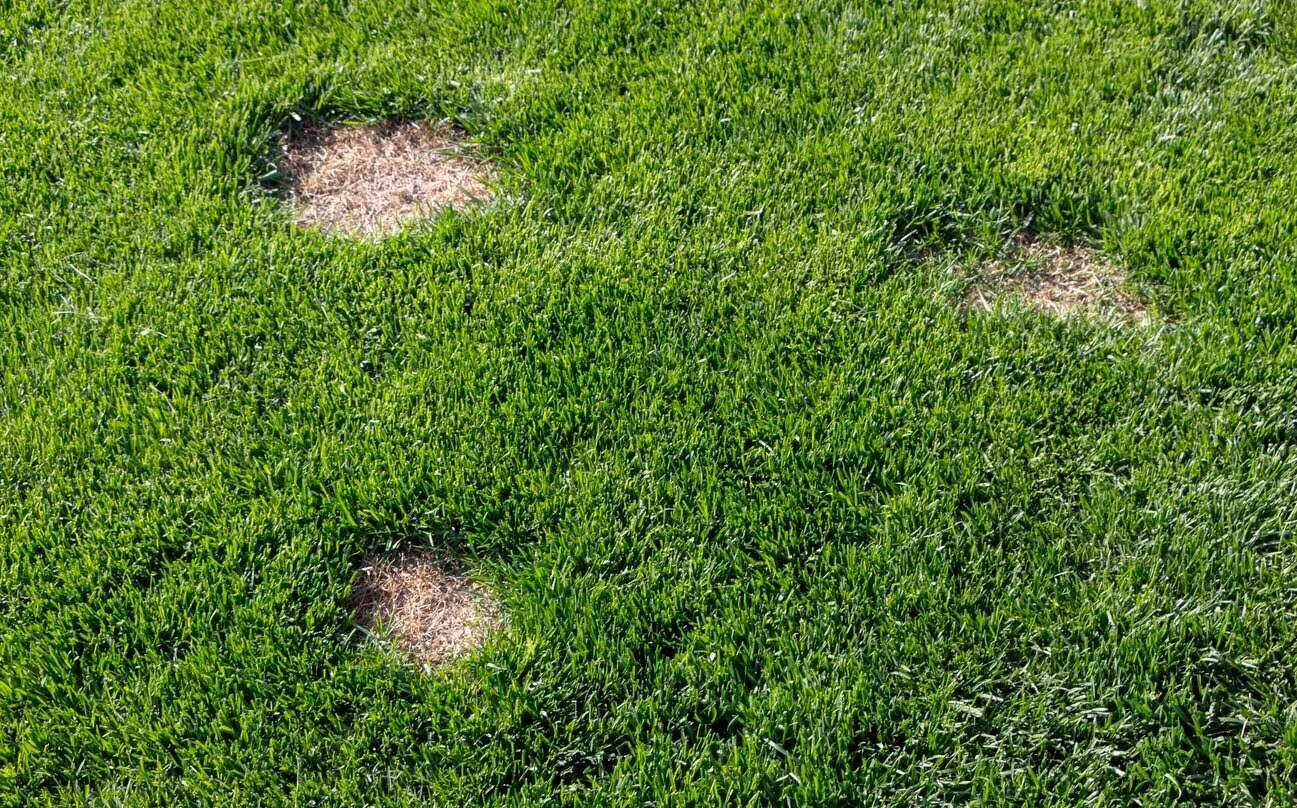
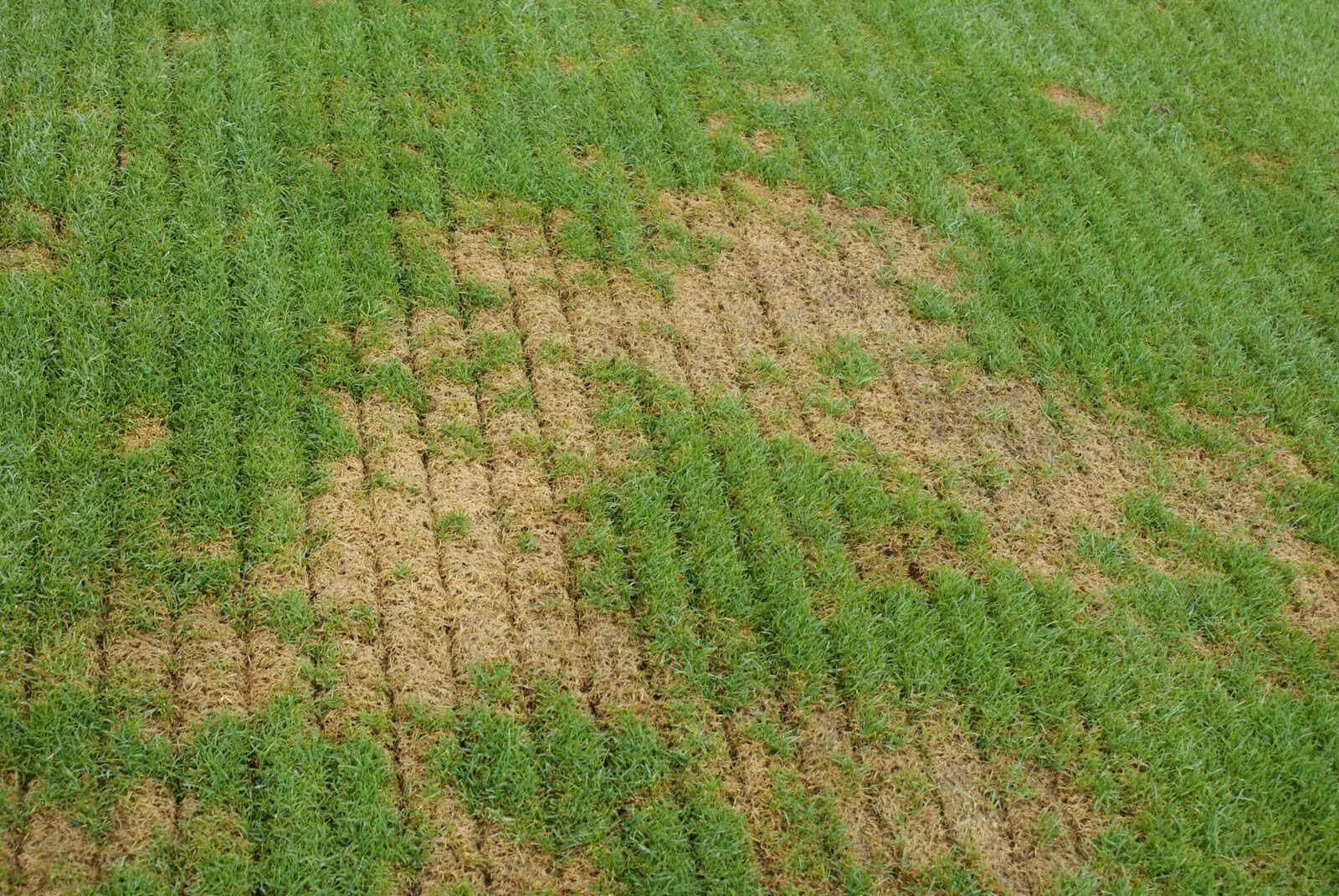
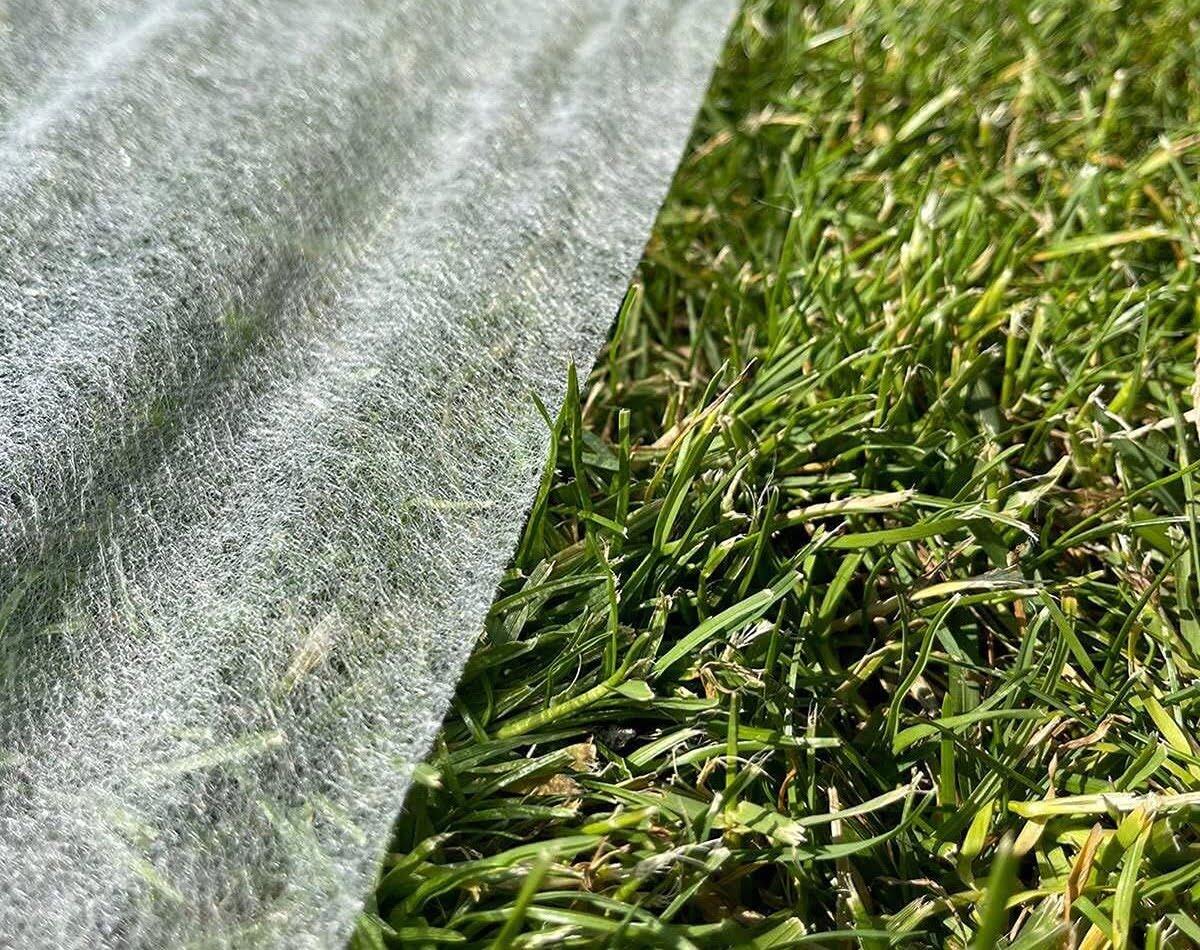
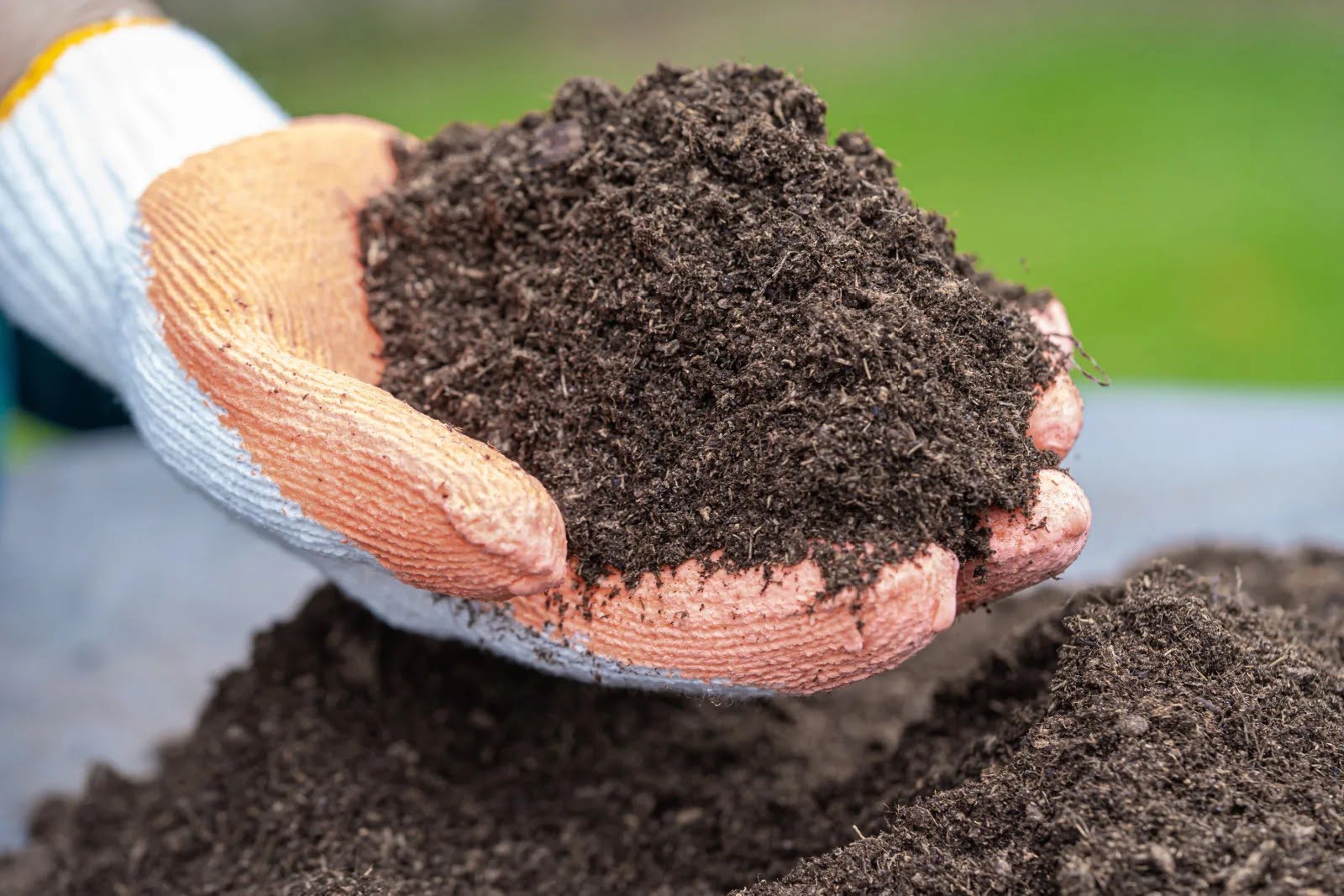

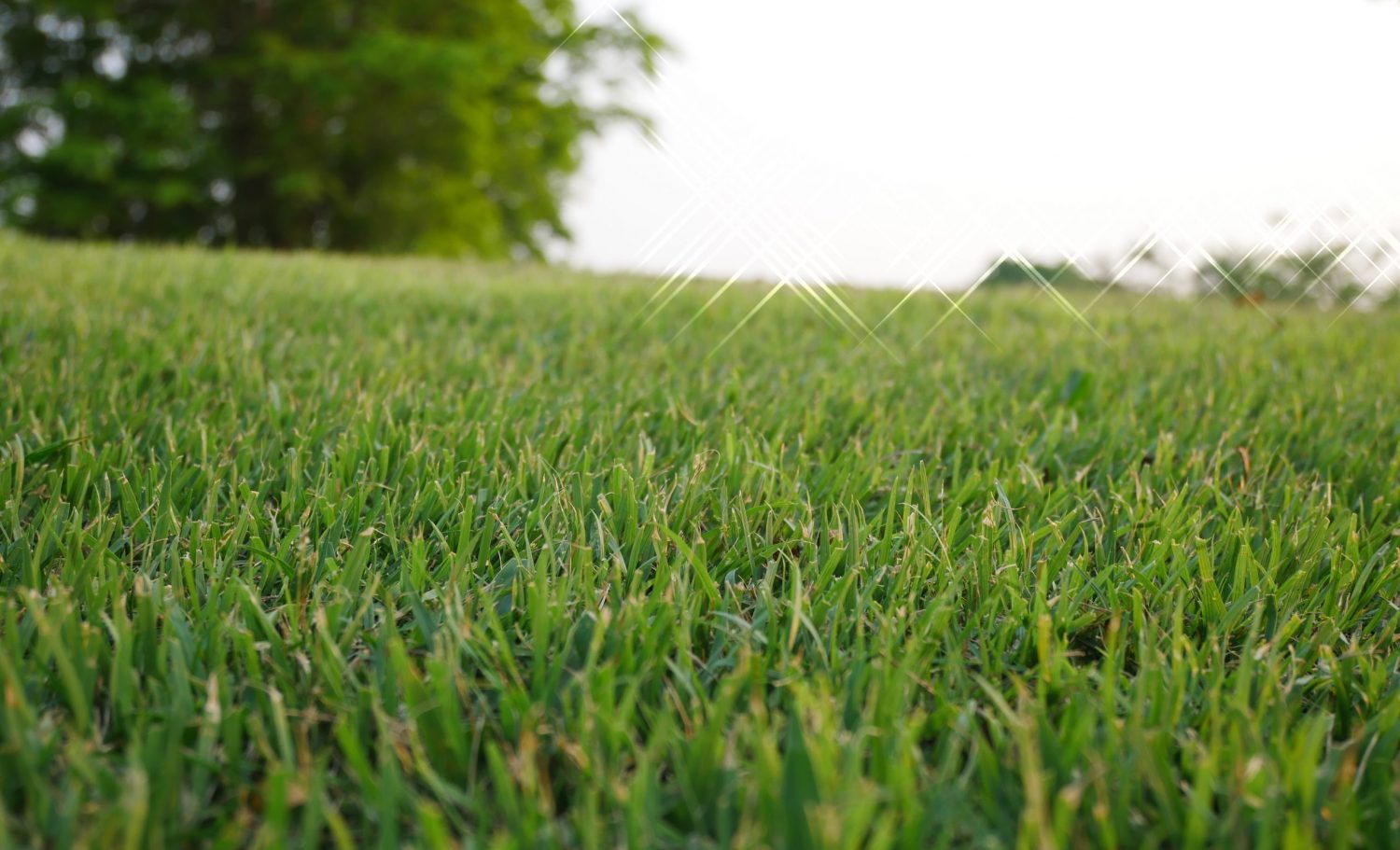
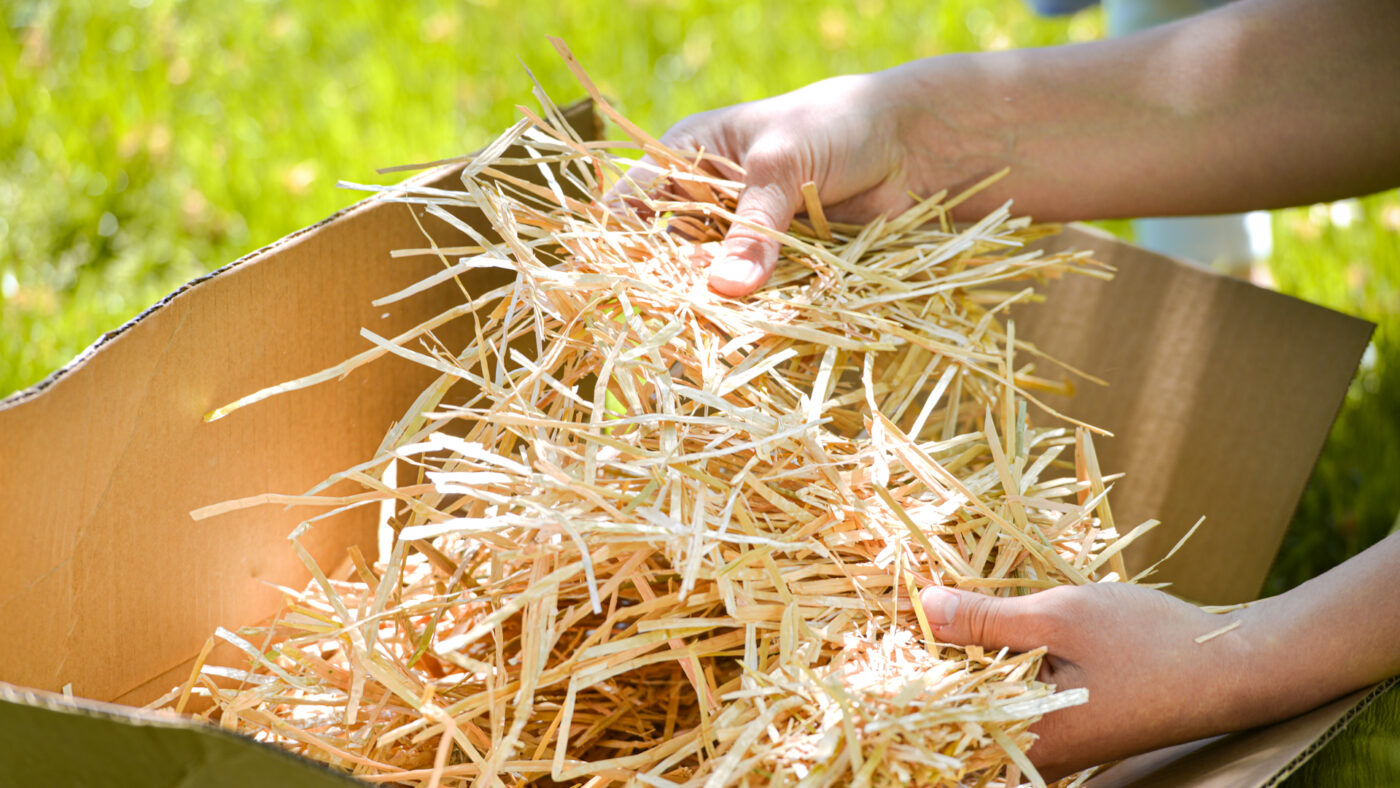
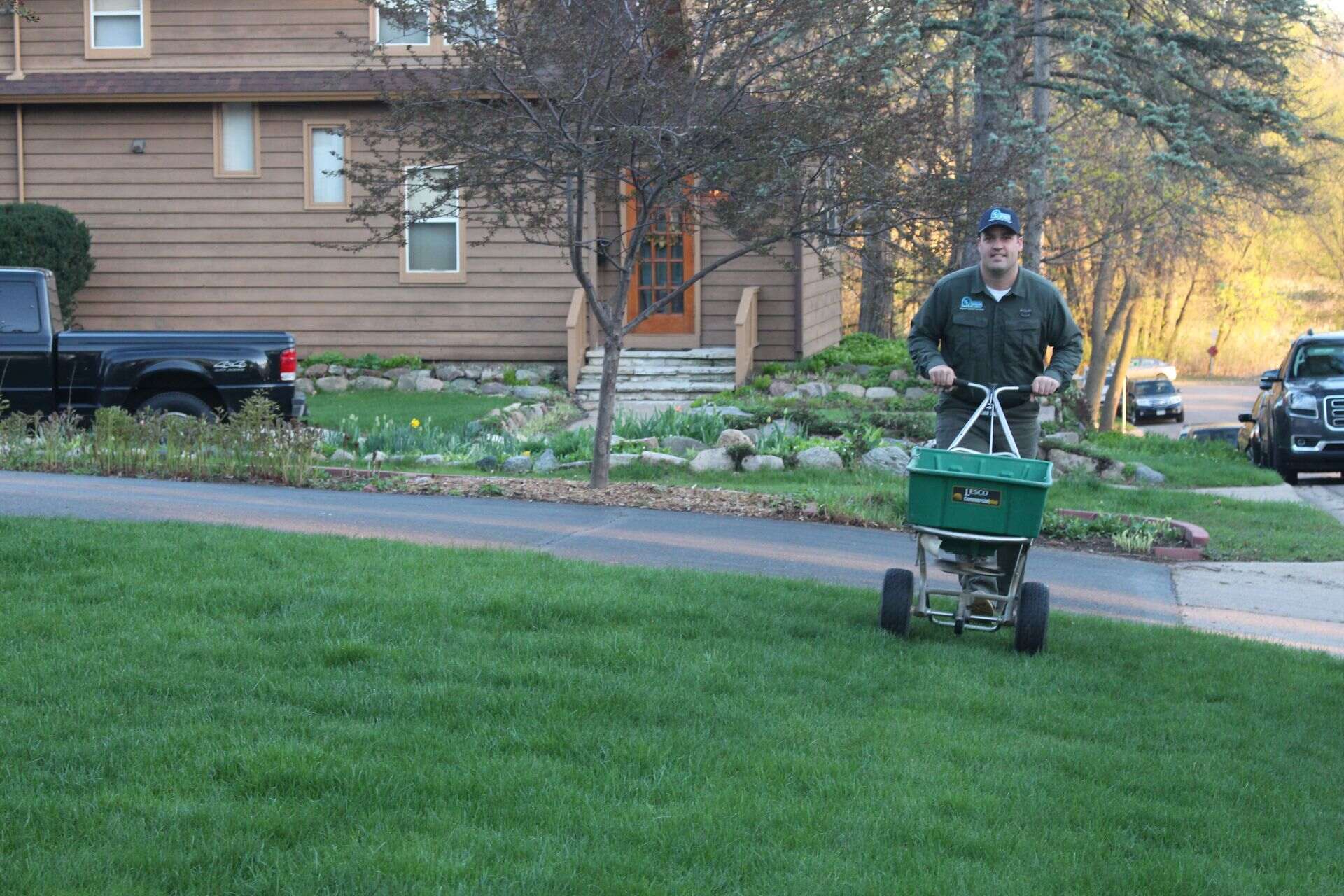
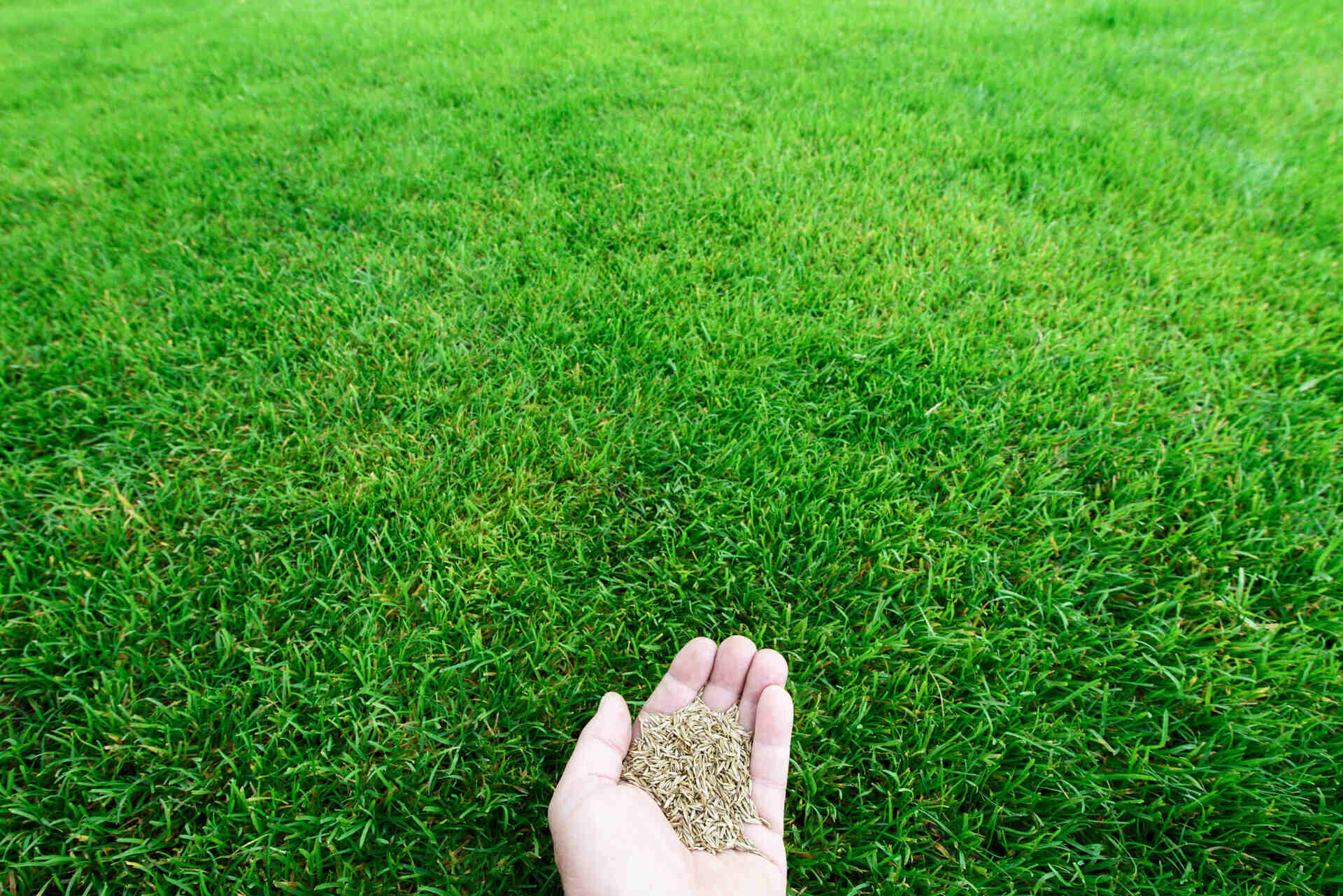

0 thoughts on “How To Over Seed A Lawn”